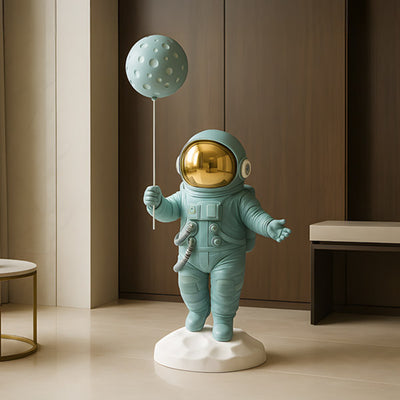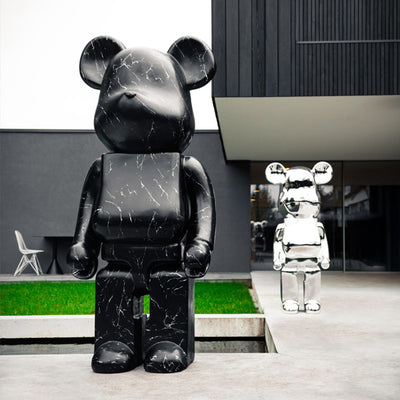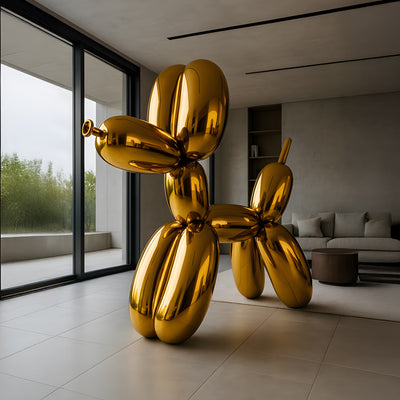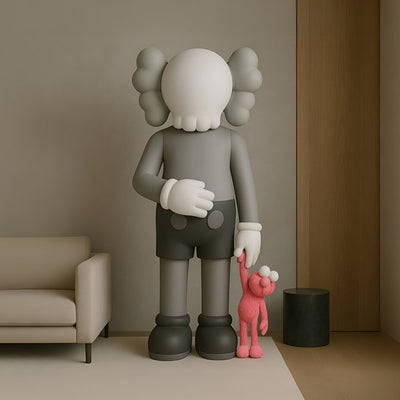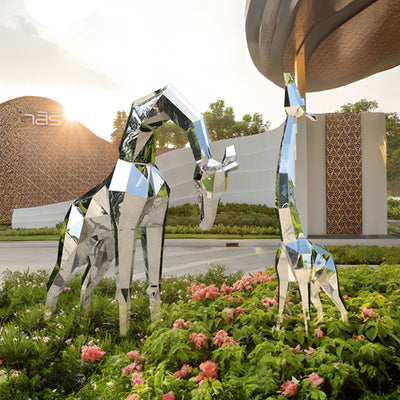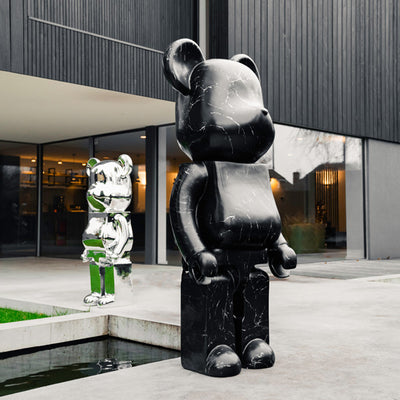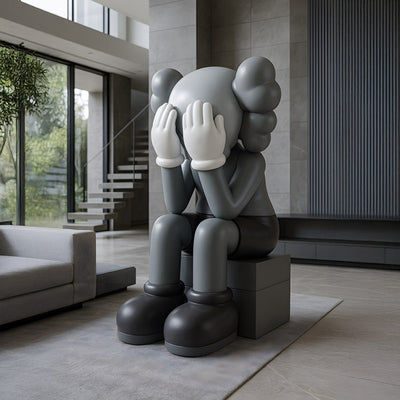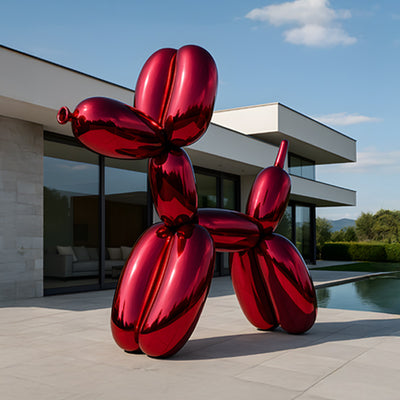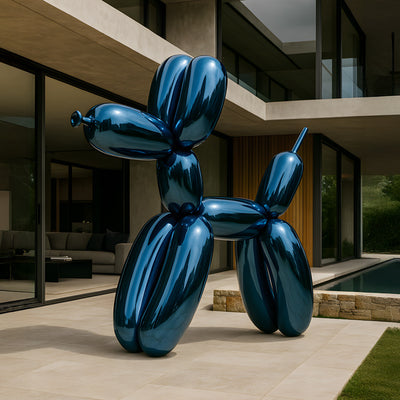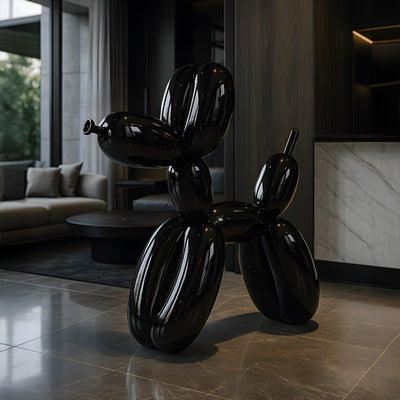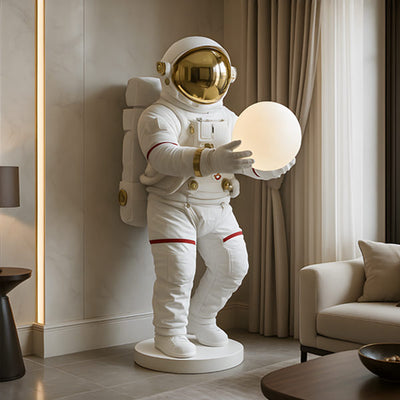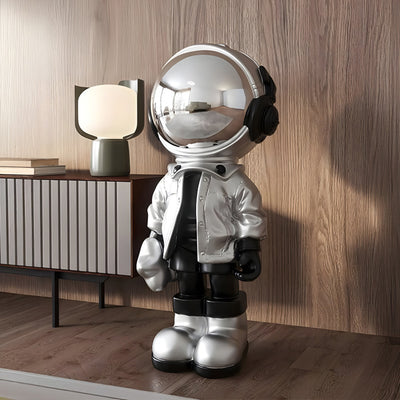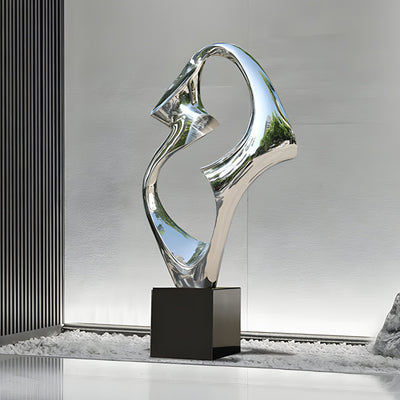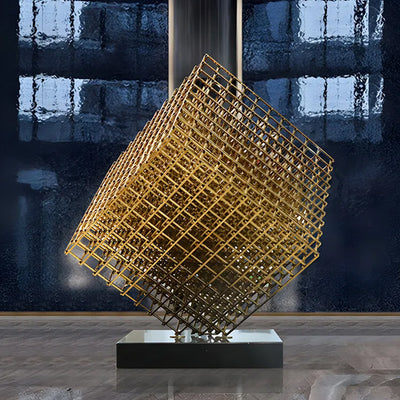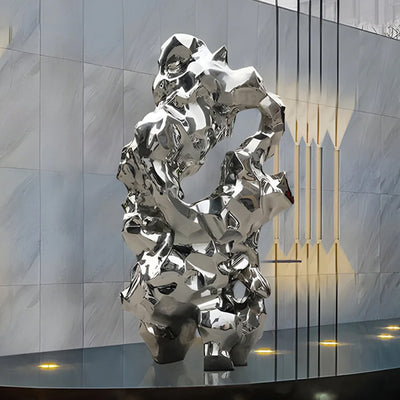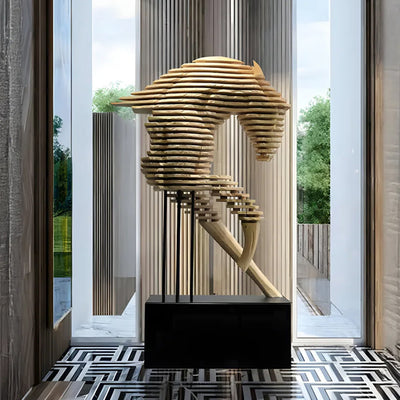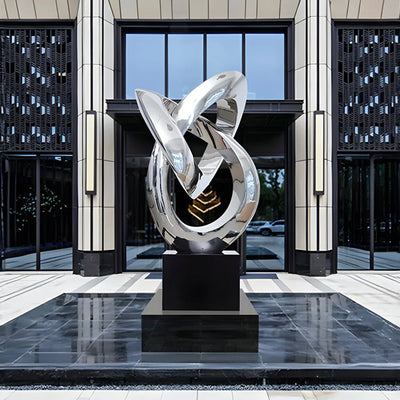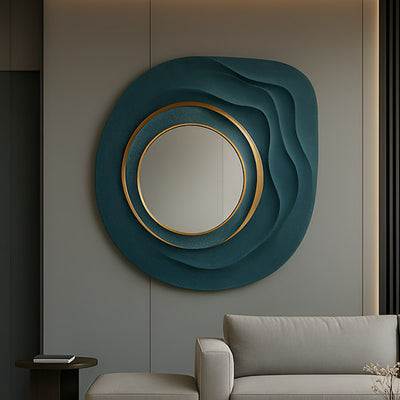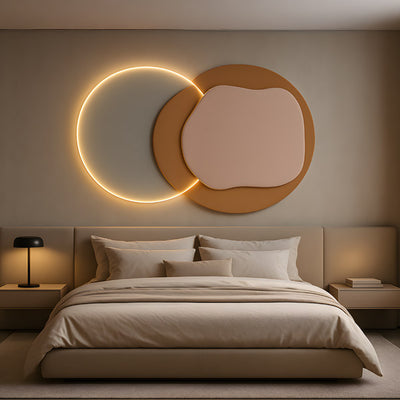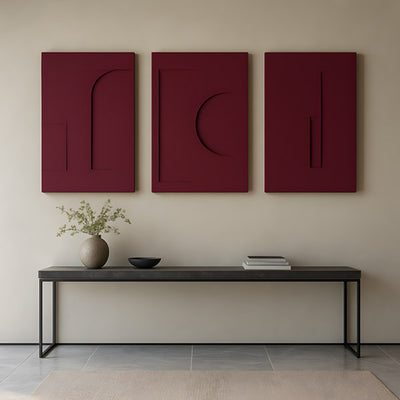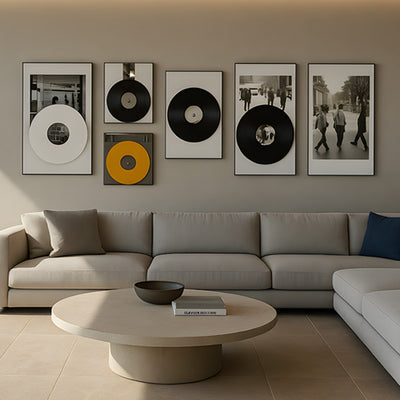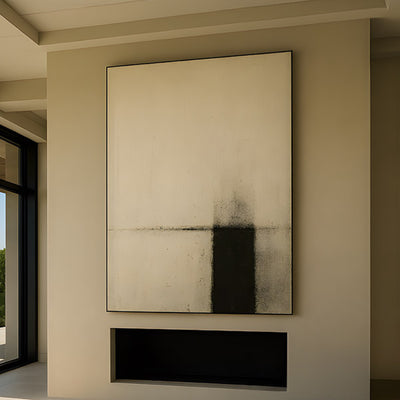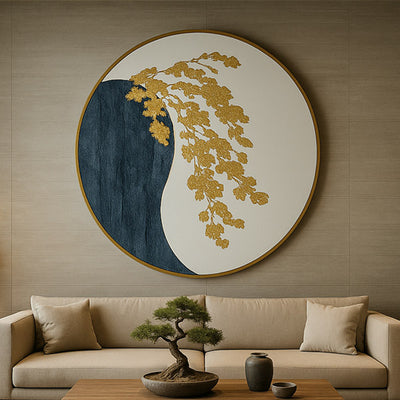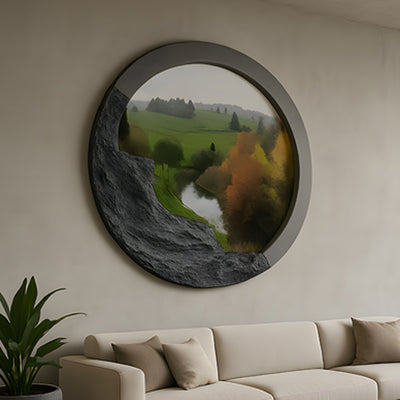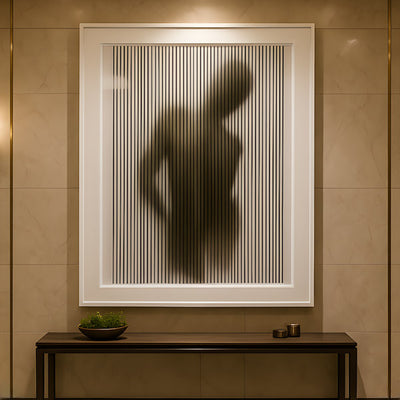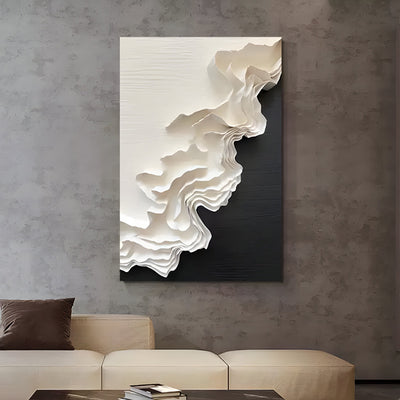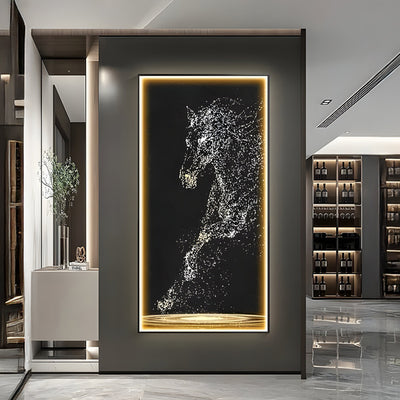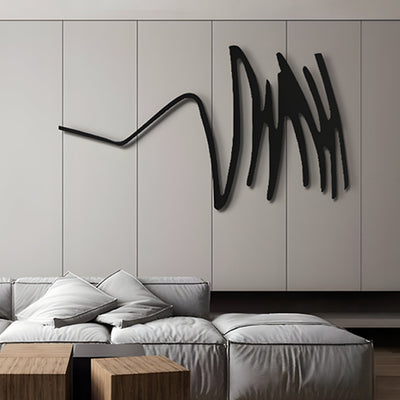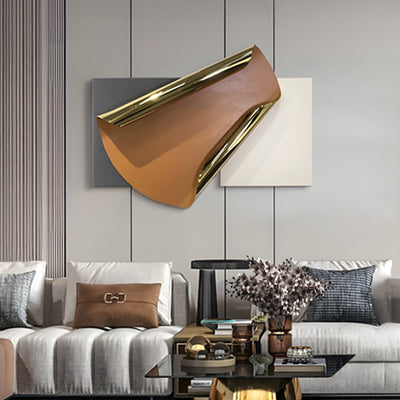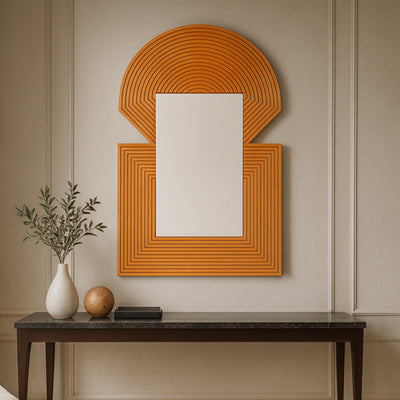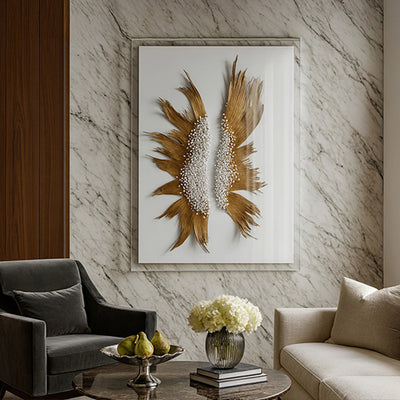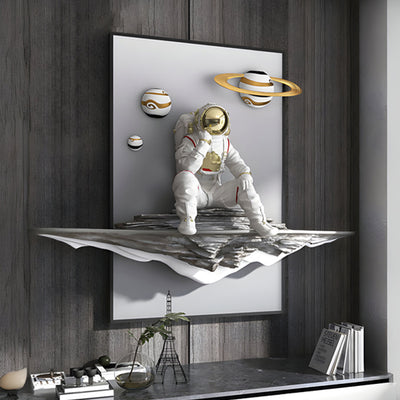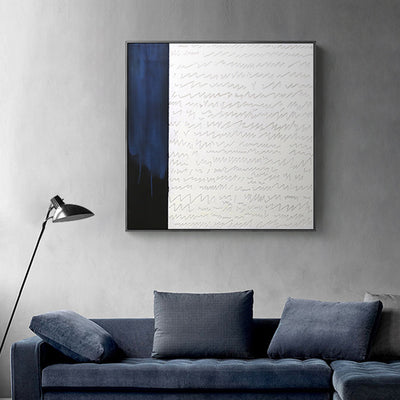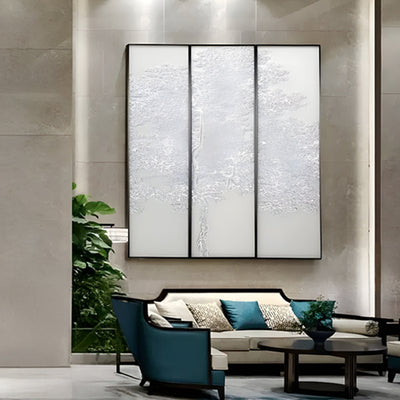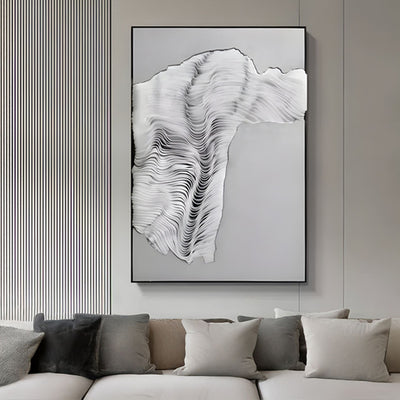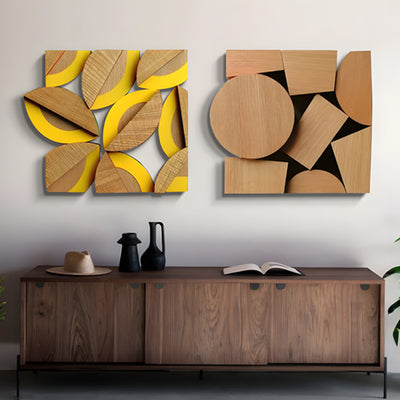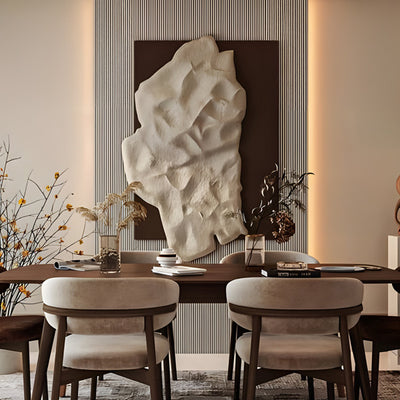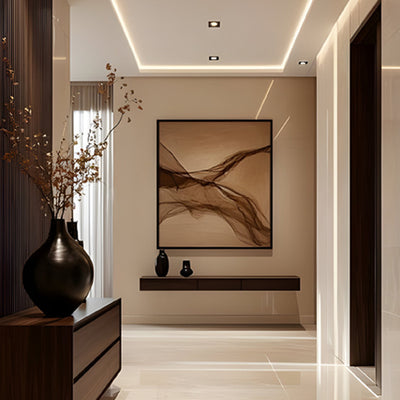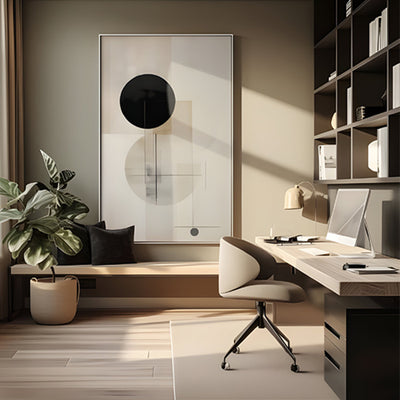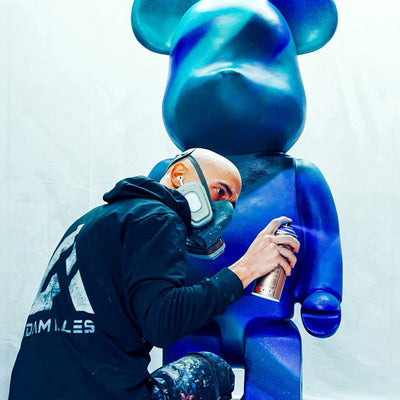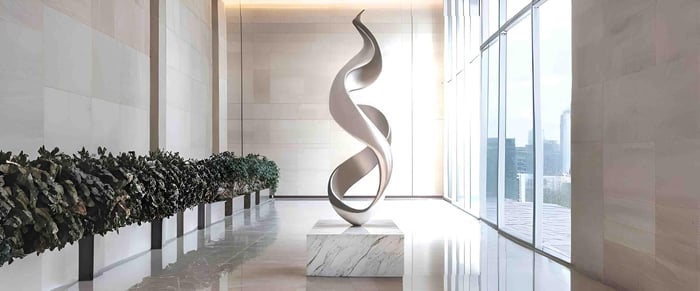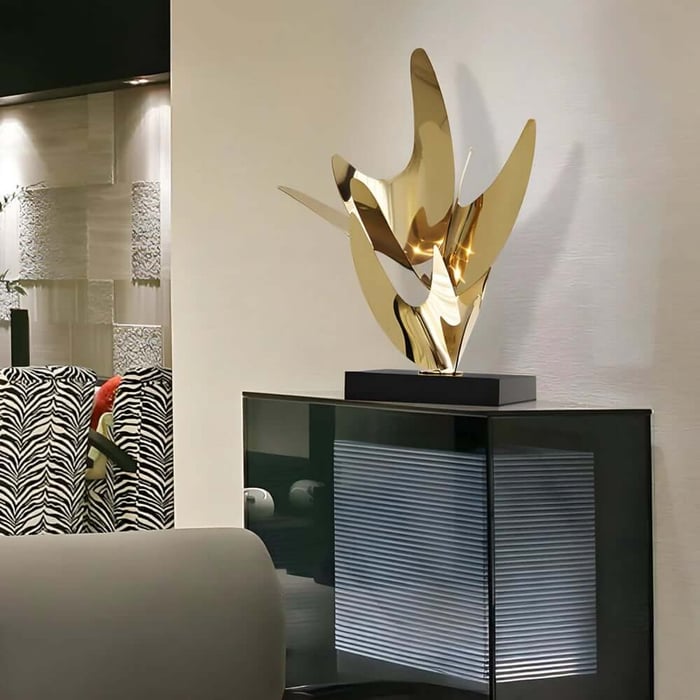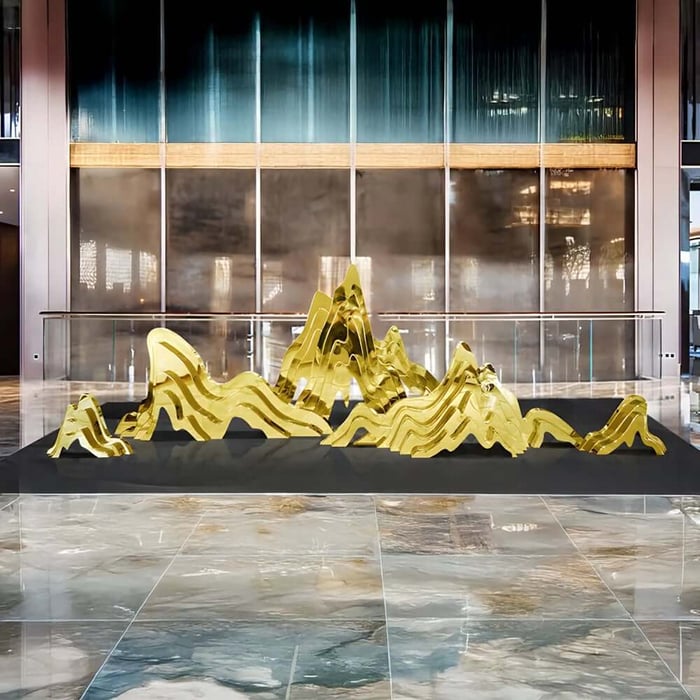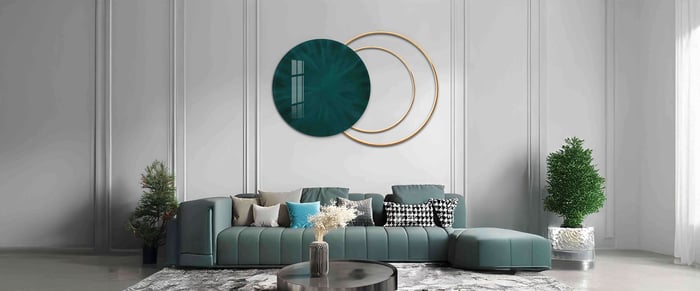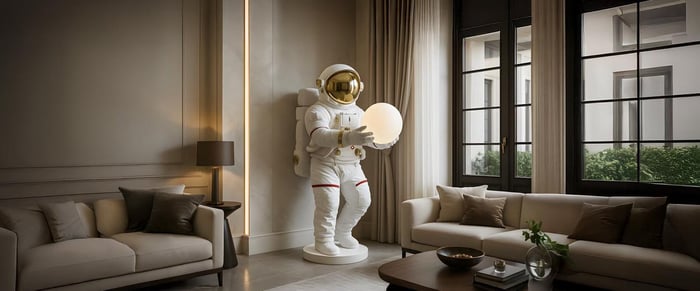Table of Contents
Abstract Sculptures have become the quiet show-stoppers of contemporary interiors and public plazas alike. Stripped of literal subjects, they rely on form, texture, and rhythm to create impact. That’s exactly why they slot so easily into homes and offices: they complement rather than compete with the rest of the room. In this guide, we’ll demystify materials and methods, show you how to choose the right scale for your space, walk through buying online or in a gallery, and outline simple care routines so your pieces continue to look their best.
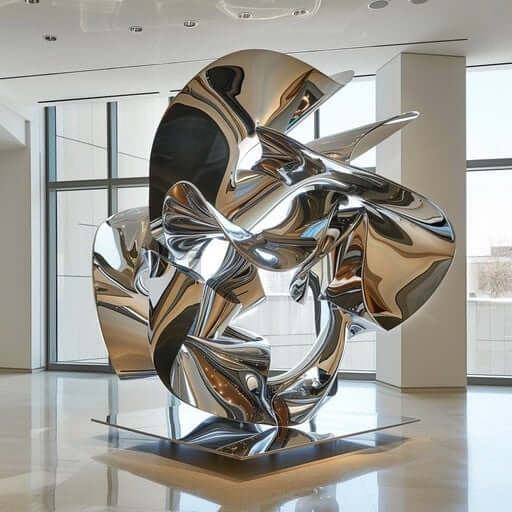
What Are Abstract Sculptures?
Abstract sculptures are three-dimensional artworks that don’t try to replicate the visible world; instead, they use shape, line, texture, mass, and space to create meaning and emotion. In other words, the “subject” is the form itself, not a literal figure or object. This is different from figurative sculpture, which depicts recognizable subjects. When you respond to abstract sculptures, you’re reading rhythm, weight, balance, material, and negative space, how the empty space around and within a piece amplifies what you see.
A Quick History & Key Artists
Abstraction grew from early 20th-century modernism’s push to move beyond imitation and explore pure form and material. Sculptors pursued new geometries, pierced forms, and open structures, often emphasizing how a piece activates the space around it. This lineage runs through the century and into today, as artists continue to experiment with modern sculptures, using industrial metals, polished stone, composites, and digital fabrication methods to change how we encounter volume and movement.
Forms, Materials & Techniques
Abstract sculptures aren’t tied to one material or method; what matters is how the medium supports the idea.
Core methods: Carving (subtractive), casting, modeling, and assembling (additive) remain the four foundational processes. Carving removes material to reveal a form; casting, modeling, and assembling build forms up. Many contemporary artists mix processes for nuance and scale.
Material cues;
Metal (bronze, steel, aluminum): can be patinated, polished, or left raw; reads as strong and architectural, often catching light dramatically.
Stone (marble, travertine, granite): feels permanent and tactile; veining and translucency (in some marbles) add depth.
Wood: brings warmth and visible grain; requires humidity mindfulness.
Resin and mixed media: versatile, can achieve high-gloss color, but may be more sensitive to UV.
These choices aren’t just practical; they communicate character. A brushed steel loop reads minimal and cool; a carved walnut volume reads organic and intimate. (For a general materials overview and processes, see museum glossaries and sculpture references.)
Why Abstract Sculptures Work in Interiors
Choosing the Right Piece for Your Space
Before you shop, decide what role the piece should play: statement (commanding attention) or accent (quiet balance). Then work through these checkpoints.
Scale & fit: Measure height, width, and viewing distance. If you’re using a pedestal, add its footprint and consider the traffic flow people need to move around the work without bumping into it. A taller, slender piece can add “vertical punctuation” in a corner; a low, wide piece can anchor a console or shelf.
Style & finish: Minimal, geometric, organic, biomorphic. Choose a shape language that either complements your room’s lines or intentionally counterpoints them. Finishes matter: patinated bronze reads earthy; mirror-polished aluminum reads sleek and contemporary; matte resin feels soft and color-forward. (Galleries often categorize by style to help you filter.)
Budget drivers: Price can reflect material cost, scale, edition size, and the artist’s track record. Ask about provenance (ownership history), certificates of authenticity, and edition numbers for multiples. Reputable galleries and platforms will document these clearly.
Pro tip: make a quick mockup with blue tape on the floor or a cardboard “maquette” at the planned height to sense volume before purchase. Your eye will instantly tell you if the piece reads too small.
Abstract Sculptures For Living Rooms, Halls & Gardens
In living rooms, highlight a single abstract sculptures on a plinth or create a crisp cluster on a console for visual balance. Hallways benefit from tall, narrow modern sculptures that elongate the space and guide the eye. In gardens, consider how garden sculptures interact with both the landscape and your indoor view. A stable base and good drainage are essential outdoors, especially in windy areas where internal fixings add security. Materials like bronze, stainless steel, or UV-stable resin perform beautifully when thoughtfully placed. Abstract sculptures truly shine when given space, light, and a clear sightline to breathe and inspire.
Care & Maintenance Basics
Abstract sculptures are durable when treated properly. Start with the least invasive approach and follow material-specific guidance.
Universal rules: Handle with clean hands or gloves in stable “safe” areas (usually the base or thick parts). Dust regularly with a soft microfiber cloth. Avoid household solvents and abrasive pads. When in doubt, ask the gallery or maker for care notes.
Metal: For bronzes and some steels/aluminums, light wax or oil (per maker guidance) can protect surfaces; never scour polished finishes.
Stone: Use mild cleaners; seal porous stones on a schedule if recommended.
Wood: Keep away from vents; aim for stable humidity to avoid checks or warping.
Resin/mixed media: Protect from prolonged UV; avoid alcohols/solvents that can haze or craze high-gloss surfaces.
These do’s and don’ts echo museum and sculpture-education glossaries; if a surface patinas naturally, that’s often part of the artist’s intent.
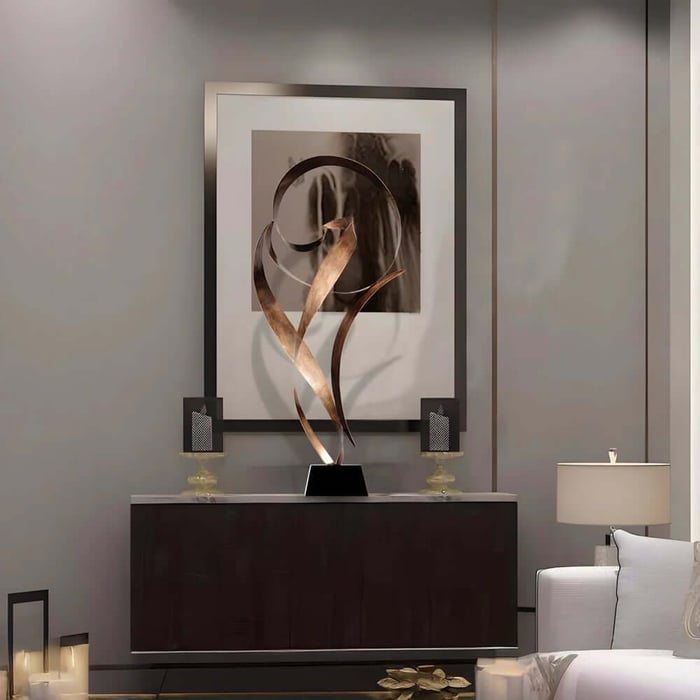
Outdoor Abstract Sculptures (If You’re Going Outside)
Outdoor placement introduces weather, anchoring, and drainage into the equation.
Anchoring & bases: Use proper plinths or footings rated for the sculpture’s weight; secure per the maker’s spec to handle wind and incidental contact.
Finishes & coatings: Ask what maintenance the finish expects. Some metals are meant to develop a patina; others require periodic cleaning or protective wax.
Drainage & siting: Ensure water can’t pool in cavities; avoid sprinkler overspray for susceptible materials. Seasonal checks keep everything tight and clean. Display guides from sculpture makers and garden-art resources emphasize these basics for longevity.
Conclusion: Bring Abstract Sculpture to Life at Home
Abstract sculptures don’t just fill space, it shape it. When you define the role (statement or accent), choose a material that fits your lifestyle, get scale and placement right, layer thoughtful lighting, and follow simple care steps, your rooms gain depth, movement, and personality.
If you’re into abstract, browse our Abstract page or visit Giant Sculptures to explore more sculpture options tailored to your style and references.
Choose one abstract sculptures with intention, light it well, care for it, then watch the whole room rise to meet it.
FAQs
What are abstract sculptures?
Non-representational artworks focused on form, balance and surface not literal subjects.
What affects value?
How do I pick the right size?
Choose a piece about ⅓–⅔ the height of its surface and leave clear negative space.
How should I clean them?
Dust with microfibre; avoid abrasives. Bronze: wax; steel: mild detergent; stone: breathable sealer; resin: soapy water + UV topcoat outside.
Which materials work best outdoors?
Bronze or stainless steel; sealed stone and UV-stable, clear-coated resin also perform well.
